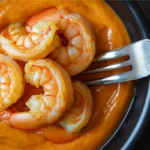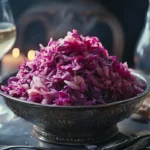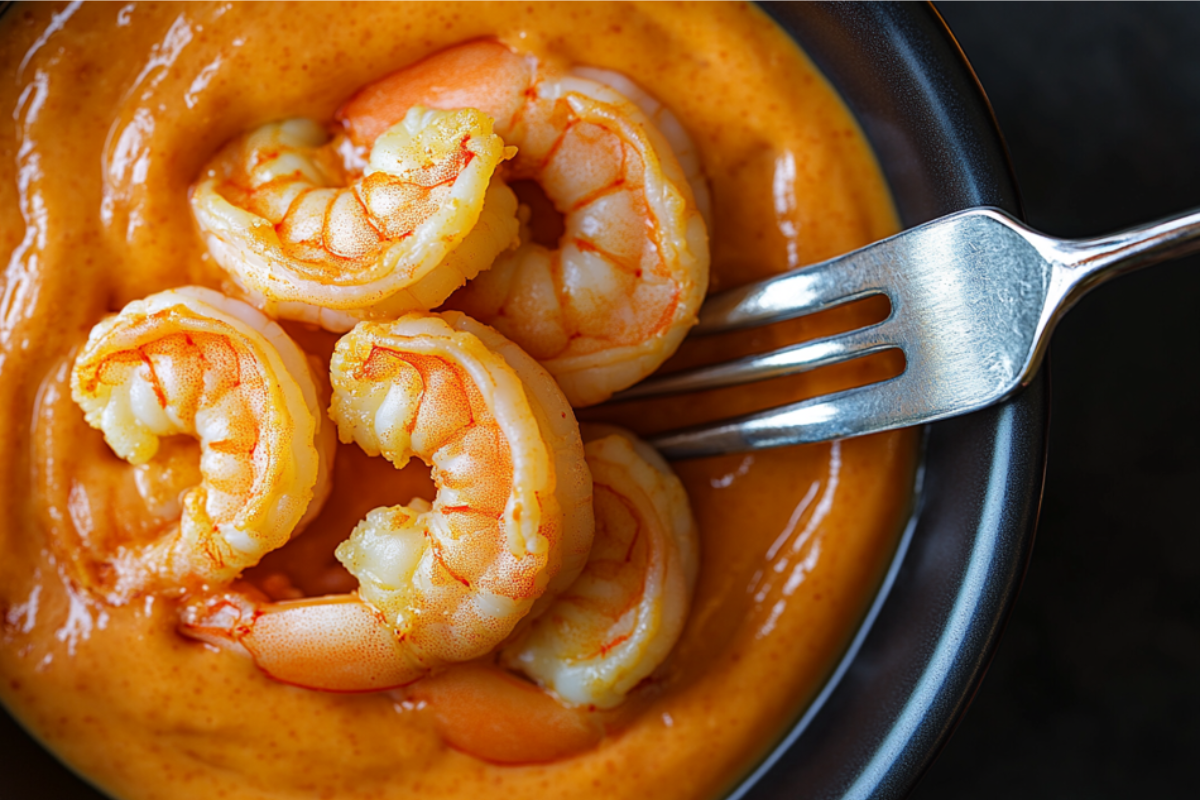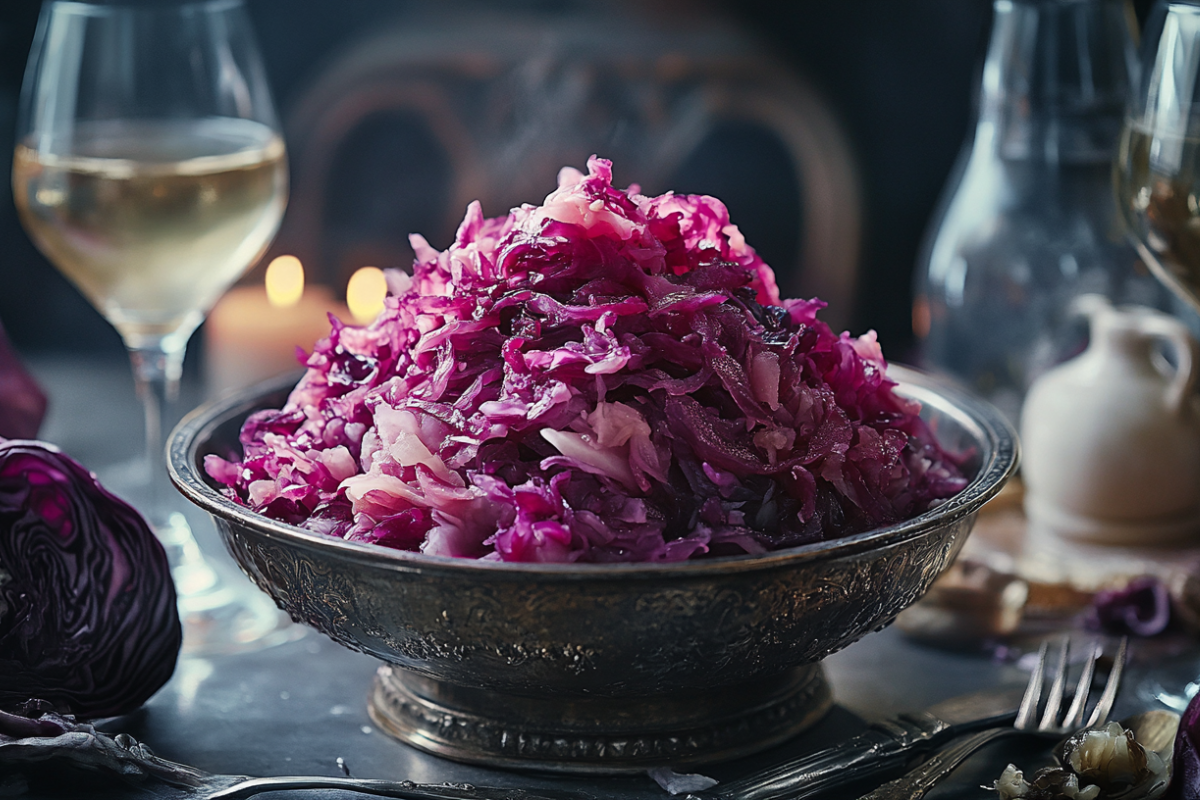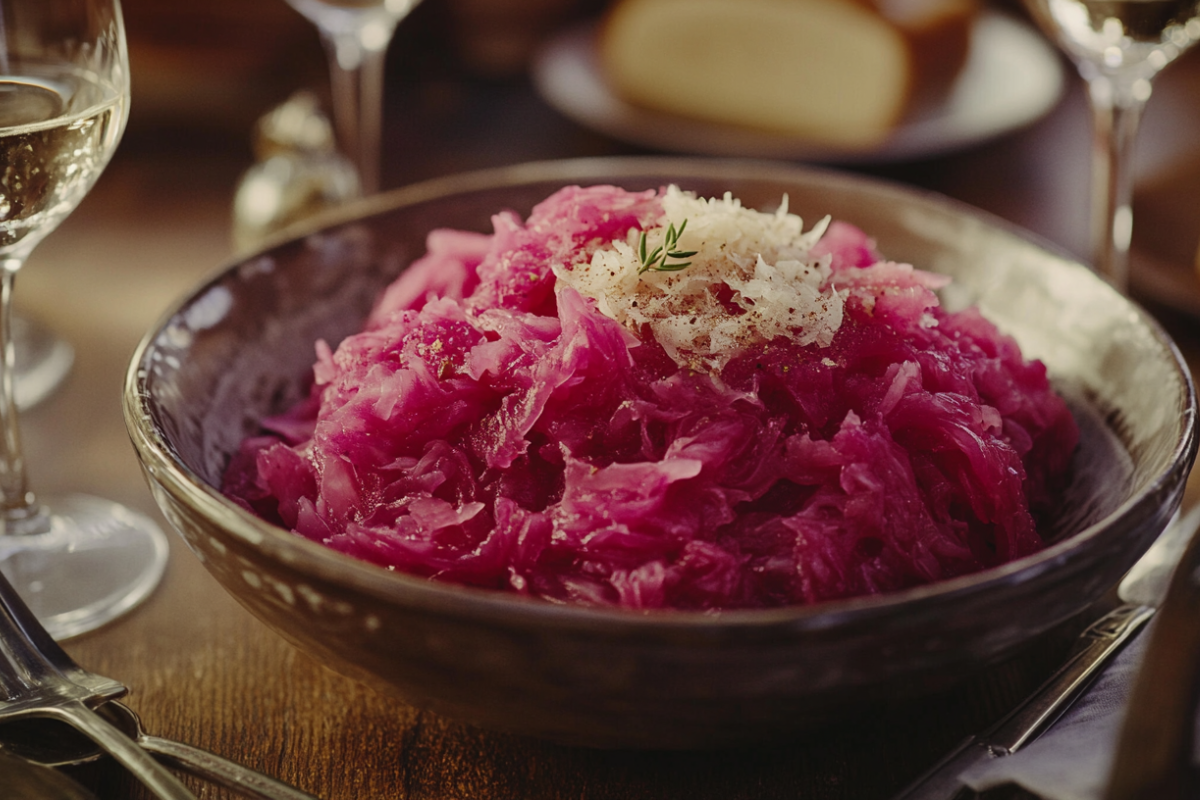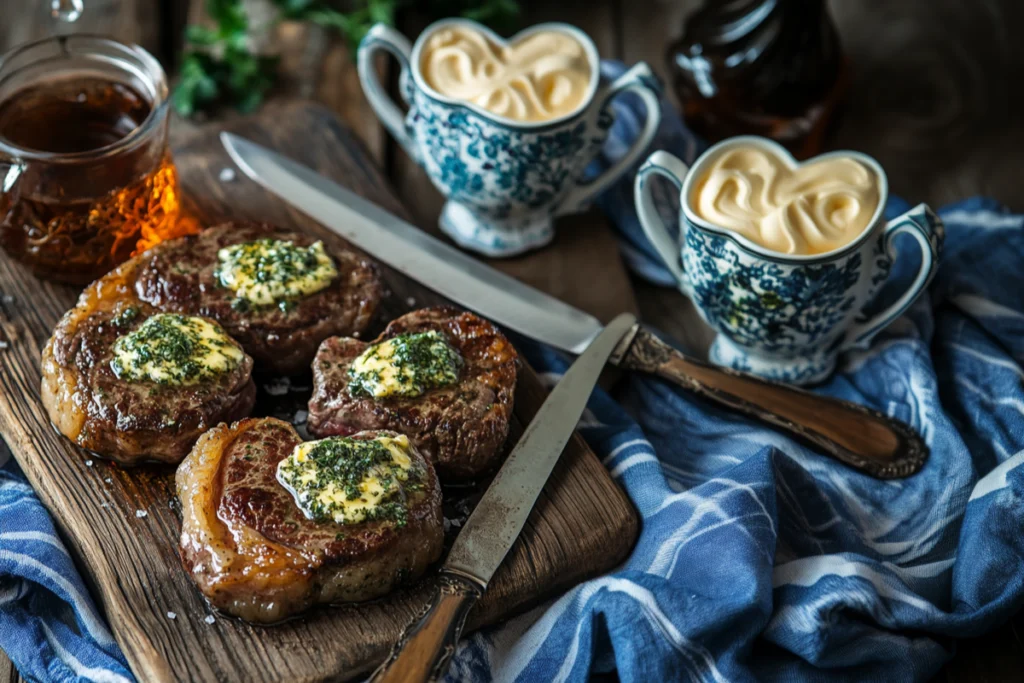
Butter and steak are a classic pairing that can take a steak dinner from good to exceptional. Whether you’re aiming for a steakhouse experience at home or simply want to elevate your cooking, choosing the right butter and applying it with the proper techniques can make all the difference. In this guide, we’ll explore the best types of butter to use with steak, creative compound butter recipes, and expert cooking methods to ensure every bite is deliciously flavorful.
Why Butter Is the Ideal Choice for Steak
Butter is beloved in steak preparation due to its rich flavor and smooth, creamy texture. When heated, butter caramelizes, creating a delectable browned crust that enhances the steak’s natural flavors. Unlike oils, butter also brings in extra layers of complexity when mixed with herbs, garlic, and spices. To enhance your steak further with a variety of flavor-boosting methods, explore this guide to cooking different cuts of meat.
Using butter is particularly beneficial for lean cuts of steak, like filet mignon or sirloin, which can sometimes lack fat and moisture. Butter not only enriches these cuts but also helps keep them tender throughout cooking. If you’re curious about making steak even juicier and more flavorful, read about maintaining moisture in meat with various cooking techniques in this related article on keeping meat from drying out.
Types of Butter for Steak: Which Is Best?
Choosing the right type of butter is essential to achieving the desired flavor and texture for your steak. Here are some common options and their unique benefits:
1. Unsalted Butter
Unsalted butter is often preferred by chefs and home cooks alike because it provides complete control over the salt levels. By using unsalted butter, you can add just the right amount of salt or customize the flavor with herbs and spices. This makes it an ideal choice for compound butter, where additional ingredients are mixed in for flavor.
2. Salted Butter
Salted butter is a convenient option, especially if you’re looking to add a quick burst of flavor to your steak. However, it’s essential to be cautious with additional seasoning, as the added salt in the butter can easily lead to oversalting the dish. Salted butter is best suited for simple steak recipes where no extra seasoning is required.
3. Cultured and European-Style Butter
European butters, such as Kerrygold and other cultured butters, have a higher butterfat content, typically between 82-86%, compared to American butter, which has around 80% fat. This higher fat content gives cultured butter a creamier, richer flavor that works wonders for basting or finishing a steak. For a more in-depth look at how high-fat European butters enhance culinary creations, you can check out this guide on using European butter in cooking.
4. Clarified Butter and Ghee
Clarified butter and ghee are forms of butter that have been simmered to remove the milk solids, which makes them highly resistant to burning. They’re perfect for high-heat cooking methods like searing or grilling, as they won’t burn as easily as regular butter. Clarified butter and ghee also add a slight nutty flavor, enhancing the steak’s overall richness.
How Butter Fat Content Affects Steak Flavor
The fat content of butter plays a significant role in its flavor and the steak’s texture. Butters with a higher fat content, like European-style varieties, coat the steak more thoroughly and add a smoother mouthfeel. These butters have a more luxurious finish that enriches the steak’s natural juiciness, making each bite more satisfying. If you’re aiming for a steak that’s both flavorful and tender, a higher-fat butter will help achieve that restaurant-quality taste.
Using Compound Butter to Elevate Steak Flavor
Compound butter, which is butter blended with herbs, spices, or other flavorings, is an excellent way to enhance the taste of your steak. As the compound butter melts over the hot steak, it infuses each bite with rich, aromatic flavors. Compound butter can be stored in the fridge or freezer, making it easy to prepare in advance and use whenever you’re cooking steak.
Popular Ingredients for Compound Butter
There are numerous ingredients you can add to compound butter to customize the flavor:
- Garlic: A must-have for adding savory depth to any steak.
- Fresh Herbs: Parsley, thyme, rosemary, and chives bring an earthy balance.
- Spices: Crushed black pepper, smoked paprika, or a pinch of cayenne for a kick.
- Citrus Zest: Lemon or lime zest adds a touch of brightness, cutting through the richness of the butter.
- Cheese: Blue cheese or Parmesan introduces a bold, tangy flavor that works beautifully with heavier cuts.
How to Make Compound Butter for Steak
Creating compound butter is a simple process that adds both flavor and presentation value to your steak:
- Soften Butter: Start with room-temperature butter, which makes it easier to blend.
- Add Ingredients: Mix in your choice of herbs, garlic, spices, or citrus zest.
- Shape and Chill: Place the mixture on a piece of parchment paper, roll it into a log, and refrigerate until firm.
Experimenting with different ingredient combinations allows you to tailor the compound butter to the specific cut of steak you’re preparing, enhancing the overall flavor profile.
Recommended Compound Butter Recipes for Steak
- Garlic Herb Butter: A classic combination of garlic, parsley, and thyme, perfect for any cut of steak.
- Blue Cheese Butter: Ideal for ribeye or other rich cuts, adding a tangy and creamy layer.
- Truffle Butter: Luxurious and earthy, it pairs exceptionally well with filet mignon for a special occasion.
If you’re looking for more inspiration on flavors to incorporate into your steak dishes, see this guide on seasoning different meats for ideas that can be adapted to suit a variety of proteins.
The Art of Butter Basting Steak
Butter basting is a technique commonly used in restaurants to create a perfectly caramelized crust while enhancing the steak’s flavor. This method involves spooning melted butter over the steak during the final stages of cooking, allowing the flavors of the butter and any added aromatics to infuse into the meat.
How to Butter Baste Steak
- Choose the Right Pan: A cast iron skillet is ideal for butter basting due to its excellent heat retention.
- Sear First, Then Add Butter: After getting a good sear on both sides, add butter, garlic, and fresh herbs to the pan.
- Tilt and Baste: Tilt the pan and use a spoon to continuously baste the steak with the melted butter.
Selecting the Best Pan for Basting
For butter basting, a cast iron skillet is the top choice. It holds heat evenly and allows you to achieve a perfect sear on the steak. Stainless steel pans can also work, but avoid non-stick pans, as they don’t allow for the high heat needed to create a good crust.
Butter Basting vs. Compound Butter Finishing
Each method has its own advantages:
- Butter Basting: Enhances flavor during the cooking process, creating a caramelized crust that seals in moisture.
- Compound Butter Finishing: Adds a fresh, flavorful layer as it melts over the steak just before serving, enhancing both taste and presentation.
Using both techniques can result in a rich, flavorful steak with a satisfying crust and a final touch of aromatic butter.
Frequently Asked Questions (FAQs)
What is the best butter for steak basting?
High-fat, unsalted butter is typically the best choice for basting, as it can withstand moderate heat and offers better control over the salt level.
Should I use salted or unsalted butter on steak?
Unsalted butter is generally preferred for steak, as it allows you to manage the seasoning precisely. Salted butter can be used, but it’s best to reduce additional salt in the recipe to avoid overpowering the flavor.
Can I use ghee instead of butter for steak?
Yes, ghee is an excellent alternative due to its high smoke point and rich, nutty flavor, which complements the steak’s crust.
How do I make steakhouse-style butter?
To make a simple steakhouse-style butter, combine unsalted butter with garlic, fresh herbs, and a touch of lemon juice. This mixture melts beautifully over the steak, adding a fresh yet luxurious flavor.
What type of butter do chefs use for steak?
Many chefs prefer European-style or clarified butter for steak due to its high fat content and smooth, creamy texture.
Conclusion
Choosing the right butter for your steak can make all the difference in flavor and presentation. From using unsalted and clarified butter to experimenting with compound butter recipes, each type brings unique benefits to your steak dishes. By mastering techniques like butter basting and finishing with compound butter, you’ll be able to create restaurant-quality steak at home. For additional ideas on sauces and sides that pair well with steak, you may want to explore this guide to versatile sauces, which offers excellent pairing options for a memorable meal.


